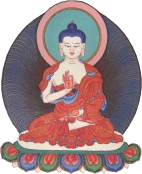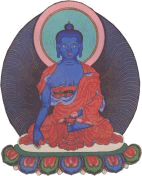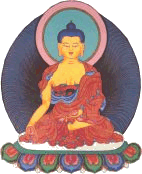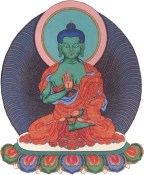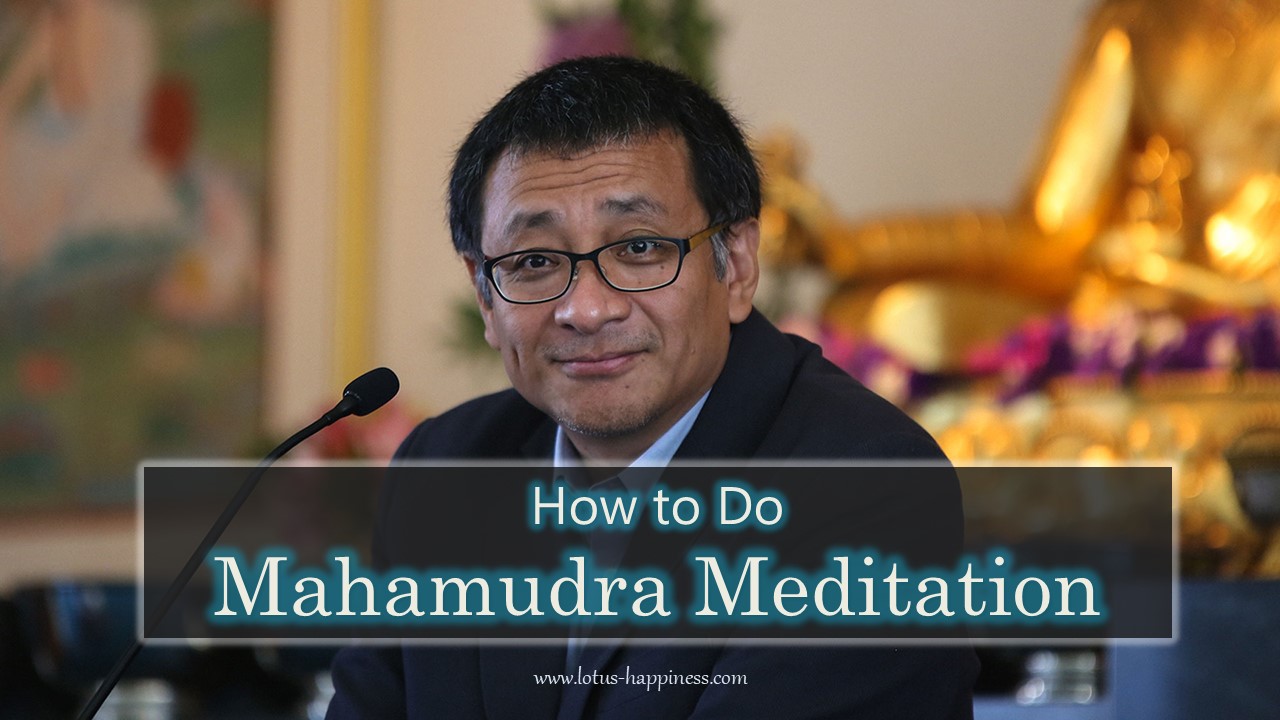Symbolism of the Five Wisdom Buddhas
In Vajrayana Buddhism, the Five Tathāgatas (pañcatathāgata), also known as Five Wisdom Tathāgatas (五智如来), Five Dhyani/Meditation Buddhas, or the Five Jinas (meaning in Sanskrit: “conqueror” or “victor”), are emanations and embodiments of the five qualities of the Dharmakaya Buddha of the Ultimate Truth. The Dharmakaya Buddha is known as the First Buddha of Vairocana/Vajradhara, Primodial Buddha or Adi-Buddha.
In Shingon (True Word) Buddhism, especially the Vajrayana Buddhism founded in Japan by Kukai, these five wisdom Buddhas are the primary objects of realization and meditation and they are featured prominently in various tantras practices.
The Five Wisdom Buddhas are visually depicted in the Diamond Realm (Vajradhatu) Mandala. The creation of this mandala is derived based on an esoteric Buddhist sutra called Vajrasekahra Sutra. In traditional Shingon Buddhist halls, the Diamond Realm Mandala is hung on the west wall, symbolizing the final realization of Mahavairocana Buddha. This mandala, together with another mandala known as Womb Realm Mandala representing the Five Wisdom Kings, is used in the Shingon rituals such as initiation or abhisheka ritual in which new initiates are blindfolded and are asked to toss a flower on the mandala to decide which Buddhist figure should the student devote themselves to in the meditation practices.
Essentially the Five Wisdom Buddhas are:
Middle: Vairocana Tathagata (大日如來 )
East: Akshobhya Tathagata (阿閦如来)
West: Amitabha Tathagata (阿弥陀如来)
North: Amoghasiddhi Tathagata (不空成就如来)
South: Ratnasambhava Tathagata (宝生如来)
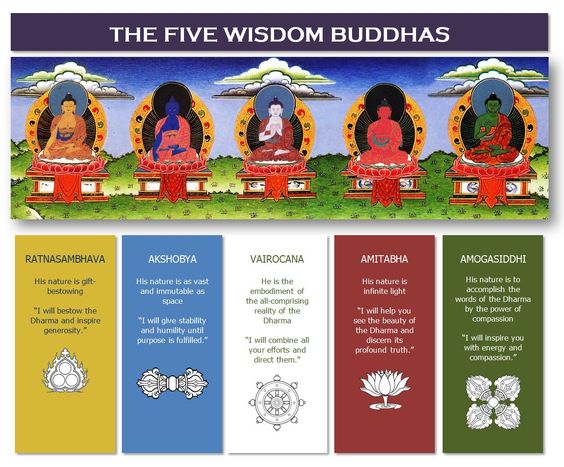
| Mental symbolism of the Five Wisdom Buddhas | ||
| Deity | Delusion | Enlightened Mind |
| Vairochana | ignorance, delusion | All-encompassing Dharmadatu Wisdom |
| Akshobhya | anger, hatred | Mirror-like Wisdom |
| Ratnasambhava | pride, miserliness | Wisdom of Equality |
| Amitabha | desire, lust | Discriminating Wisdom |
| Amogasiddhi | jealousy, fear | All-accomplishing Wisdom |
| Physical symbolism of the Five Wisdom Buddhas | ||||
| Deity | Element | Sense | Medical/physical | Organ |
| Vairochana | space | sight | energy channels | heart |
| Akshobhya | water | sound | blood flow | kidneys |
| Ratnasambhava | earth | smell | flesh | spleen |
| Amitabha | fire | taste | body heat | liver |
| Amogasiddhi | air | touch | inner winds | lungs |
| Five Wisdom Buddhas and their relation with other Buddhas & Bodhisattvas | ||||
| Deity (Sanskrit) | English name | Consort | Bodhisattva | Wheel-turning Buddhas |
| Vairochana | Illuminating | White Tara (Vajradhatvisvari) |
Samantabhadra | Krakucchanda |
| Akshobhya | Unshakable | Locana | Vajrapani | Kanakamuni |
| Ratnasambhava | Jewel-born | Mamaki | Ratnapani | Kashyapa |
| Amitabha | Infinite Light | Pandara | Avalokiteshvara | Shakyamuni |
| Amogasiddhi | Conqueror | Green Tara | Vishvapani | Maitreya |
| Imagery symbolism of the Five Wisdom Buddhas | ||||
| Deity | Color | Direction | Gesture (mudra) | |
| Vairochana
|
white | Center | Dharmachakra Turning the Dharma-wheel (teaching) |
|
| Akshobhya
|
blue | East | Bhumisparsa Earth-touching |
|
| Ratnasambhava
|
yellow | South | Varada Bestowing, giving |
|
| Amitabha
|
red | West | Dhyana Meditation |
|
| Amogasiddhi
|
green | North | Abhaya Fearlessness |
|
| More symbolism of the Five Wisdom Buddhas | ||||
| Deity | Family symbol and family |
Syllable | Vehicle | Aggregate |
| Vairochana | Wheel |
OM | dragon | form (Skt. rupa) |
| Akshobhya | Vajra |
HUM | elephant | consciousness (Skt. vijnana) |
| Ratnasambhava | Jewel |
TRAM | horse or lion | sensation (Skt. vendana) |
| Amitabha | Lotus |
HRIH | peacock | perception (Skt. sanjna) |
| Amogasiddhi | Double Vajra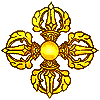 |
AH | Garuda | impulses (Skt. Samskara) |
Sources:
Symbolism of the Five Dhyani Buddha


